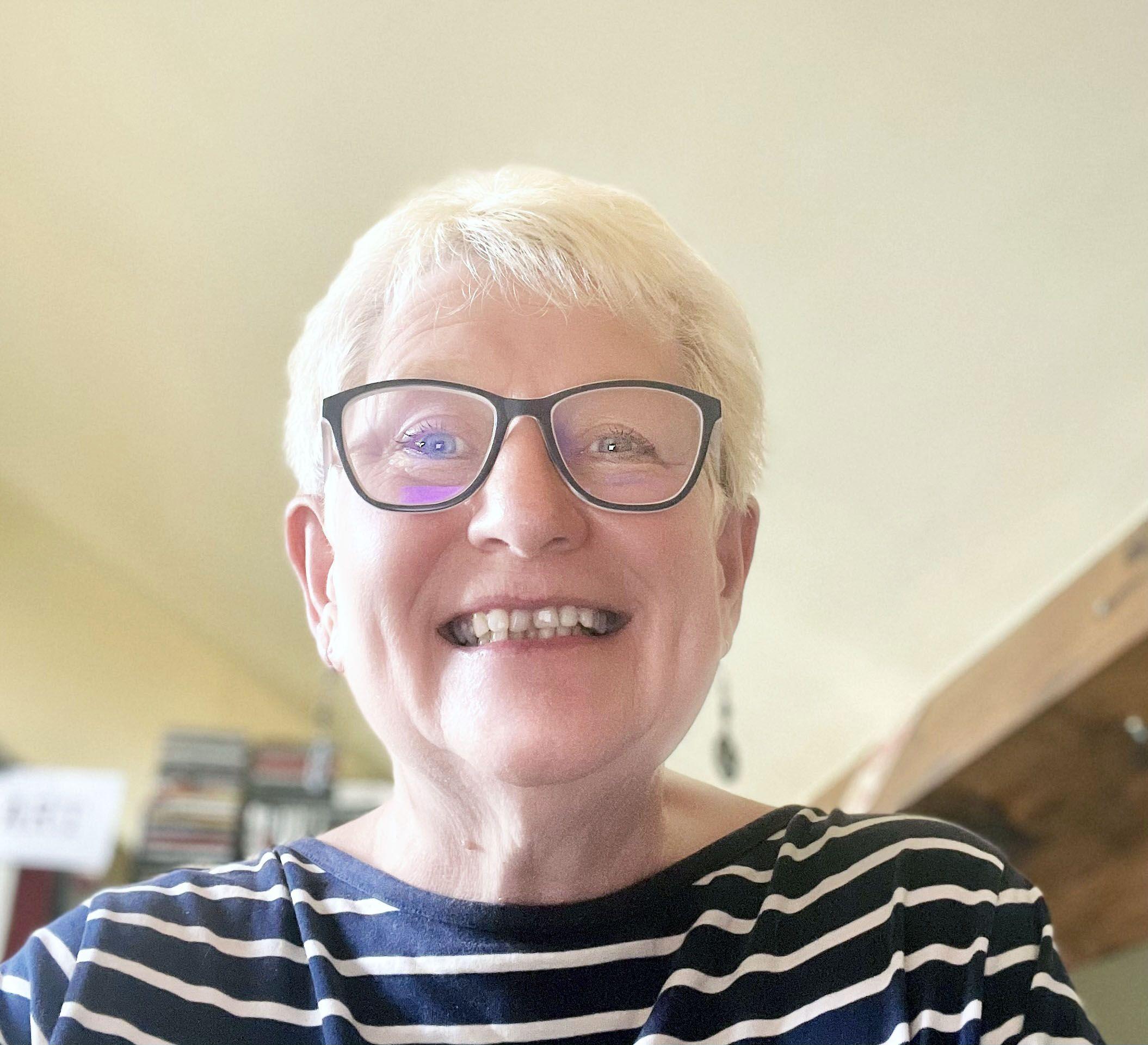Learning objective
- To develop ideas for 3D work through drawing and visualisation in 2D.
Success criteria
- I can use my whole arm to draw
This content is for subscribers only. Join for access today.
National curriculum
Art and design
Pupils should be
This content is for subscribers only. Join for access today.
Cross-curricular links
None.
This content is for subscribers only. Join for access today.
Before the lesson
This content is for subscribers only. Join for access today.
Lesson plan
Recap and recall
Before starting this unit, you might want to check if children can recall the vocabulary and meaning of techniques to create 3D forms, such as: Rolling. Simple folding and concertina folding. Bending. Optional: Ask children to demonstrate their knowledge practically by giving each child a piece of paper or thin card. Ask them to demonstrate…
This content is for subscribers only. Join for access today.
Extended-mode explainer videos
How to extend your display to view the lesson page and preseantion mode simultaneously. Choose your operating system below to watch the video
If you need further support with extending your display,
please contact [email protected].
Extended-mode explainer video: For Mac
Extended-mode explainer video: For Windows
Adaptive teaching
Pupils needing extra support
May need an image or 3D object to draw from when working outside; could be placed next to more confident children, encouraging everyone to learn from watching each other.
Pupils working at greater depth
Should be encouraged to describe how they are using basic shapes to form more complex ones; could be challenged to increase the scale they are working at, enlarging a drawing.
This content is for subscribers only. Join for access today.
Assessing progress and understanding
Pupils with secure understanding indicated by: trying out an unfamiliar way of
This content is for subscribers only. Join for access today.
Vocabulary
-
ceramics
-
form
This content is for subscribers only. Join for access today.

